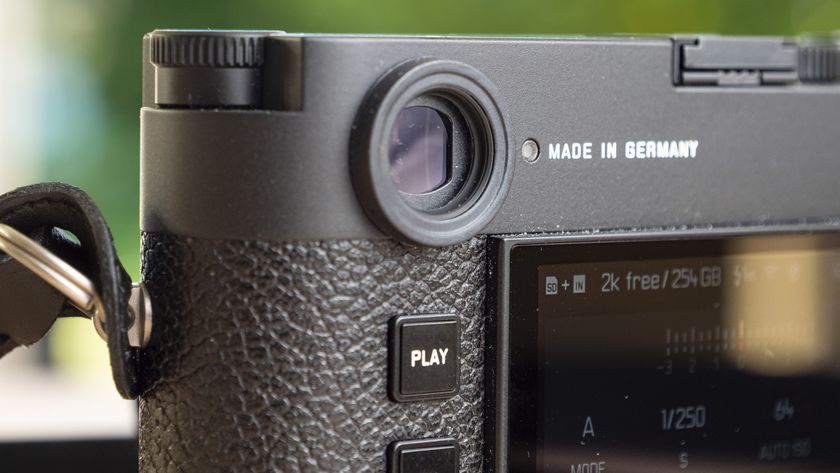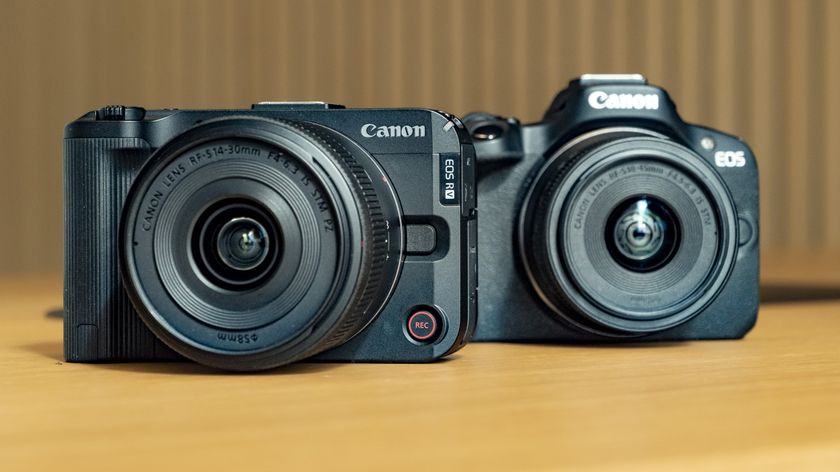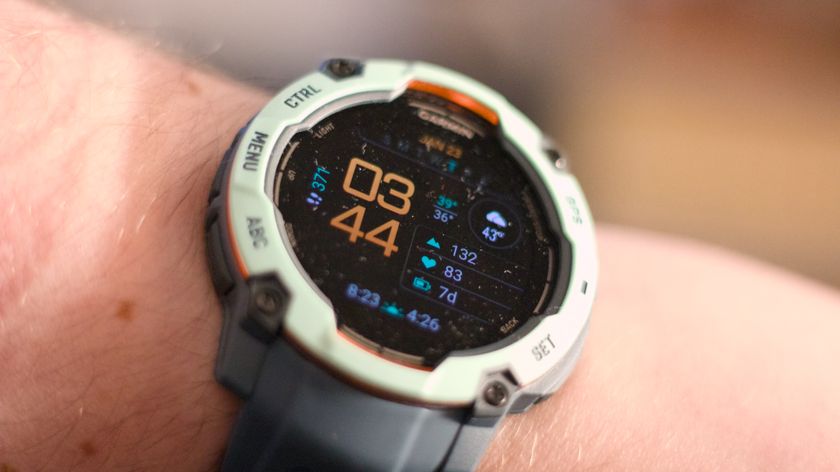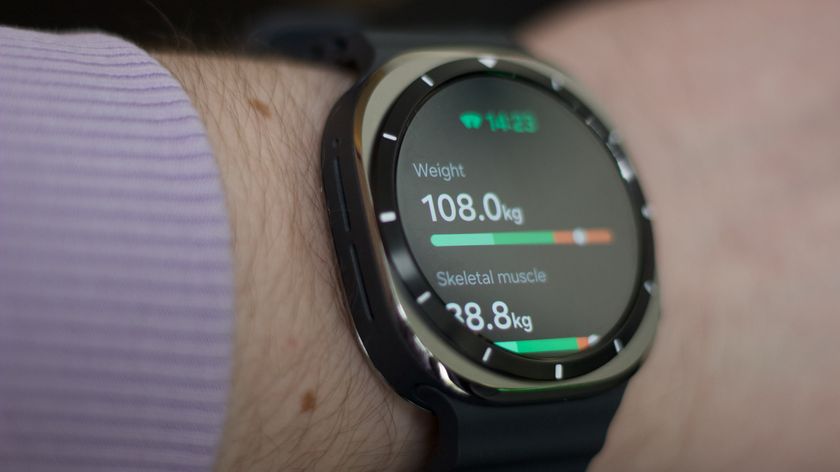Hands on: Panasonic Lumix DMC-LX3
First look at Panasonic's new flagship digital compact
Updated: read our full review of the
Panasonic's flagship digital compact camera for the last two years has been the DMC-LX2. But two years since it was announced in 2006, a replacement was starting to look slightly overdue.
But fear not, because the long-awaited, highly-anticipated LX3 has arrived, and it doesn't disappoint. It appears to deliver on the promise of luxury as-per every LX series camera, whilst not moving too far from the successful formula demonstrated in the LX1 and LX2.
We had a play with a pre-production sample of the LX3 and it was every bit as good as we hoped it would be.
Hands-on test
The resolution of the LX3 is the same as the camera it replaces - 10 million pixels. Whilst this is a little surprising, Panasonic appears to have taken photographer's comments about elevated noise levels to heart. And consequently it has gone down the route of 'quality not quantity' - a refreshing change, and one that pays off.
Panasonic claims that the new camera offers a 40 per cent increase in sensitivity, and around 35 per cent more saturation than other 10 million pixel compacts, as a result of increasing the size of the photosites on the LX3's sensor.
Get daily insight, inspiration and deals in your inbox
Sign up for breaking news, reviews, opinion, top tech deals, and more.
Not only does this increase the quality of images taken at high ISO settings in low light, it should also improve tonal gradations in especially light or dark areas of a picture.
Low light fans will also love the ultra-fast f/2-2.8 aperture on the LX3's 2.5x zoom leica lens. Although a 2.5x optical zoom looks pretty limited compared to offerings from other manufacturers, the LX3 offers a 24mm wideangle setting, which is still very unusual for a digital compact.
Weighty quality
The ability to shoot in raw mode as well as JPEG will further endear the LX3 to expert and enthusiast photographers that want a compact backup to a DSLR.
In use, the LX3 feels more or less exactly like the LX2, which is to say that it feels really nice.
The metal body has a reassuring weight, and a high quality semi-matte black or silver finish, which adds a touch of class, missing from many other cameras of this type. Like the LX2 and LX1, the LX3 can record images in 4:3, 3:2 or 16:9 (panoramic) format via a switch on the top of the lens.
New to the LX3 is a 'Multi Aspect Mode' that allows you to shoot the same picture in all three formats simultaneously, then choose the one you prefer later. It's nothing you can't do using the crop tool in Photoshop, but we found it to be pretty useful nonetheless.
Another nice touch is several different 'film modes', which replicate the sort of image quality you might expect from different types of film. Six colour modes and three monochrome modes are available.
Trust iA
Fans of fully manual photography will love the aperture priority, shutter priority and manual exposure shooting modes, but we found that left to fully automatic mode, the LX3 rarely sets a foot wrong.
Panasonic is urging us to 'Trust iA', and the LX3's iA (Intelligent Auto) mode is on hand for less adventurous photographers. Setting iA mode basically activates Panasonic's various automatic features, like face detection and automatic ISO setting, into a single 'no brainer' automatic exposure mode.
It works a charm too, tracking multiple faces across the screen at the same time.
Although we only had the chance to play with a preproduction LX3, JPEG images appeared sharp, well-exposed and with very little noise.
HD video from our sample was a little jerky, but still it's a step up from the LX2 and is perfectly watchable even on large screens.
We spent a day with the LX3, and we found it to be a startlingly intuitive compact camera that has every right to expect some glowing reviews when the full-production samples arrive.
We'll bring you a full review early next month.
James was part of the TechRadar editorial team for eight years up until 2015 and now works in a senior position for TR's parent company Future. An experienced Content Director with a demonstrated history of working in the media production industry. Skilled in Search Engine Optimization (SEO), E-commerce Optimization, Journalism, Digital Marketing, and Social Media. James can do it all.












